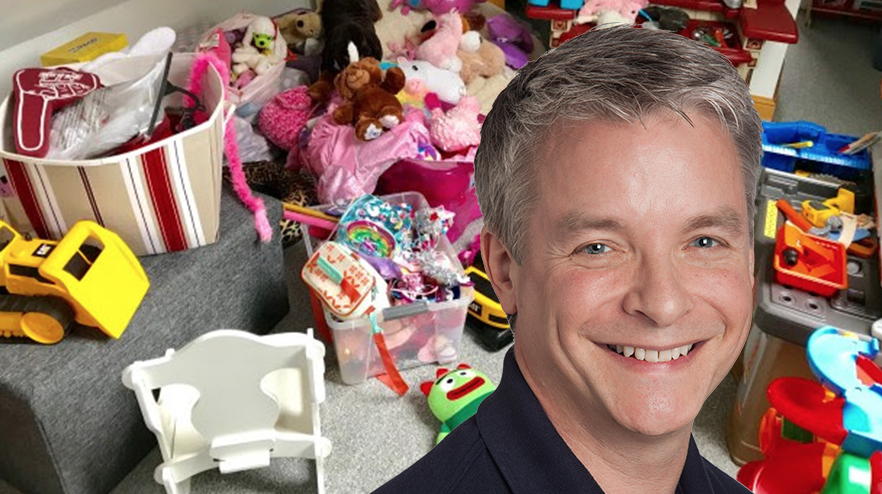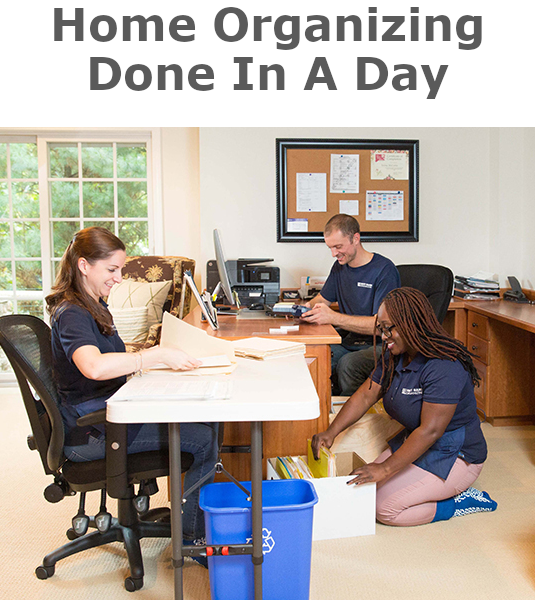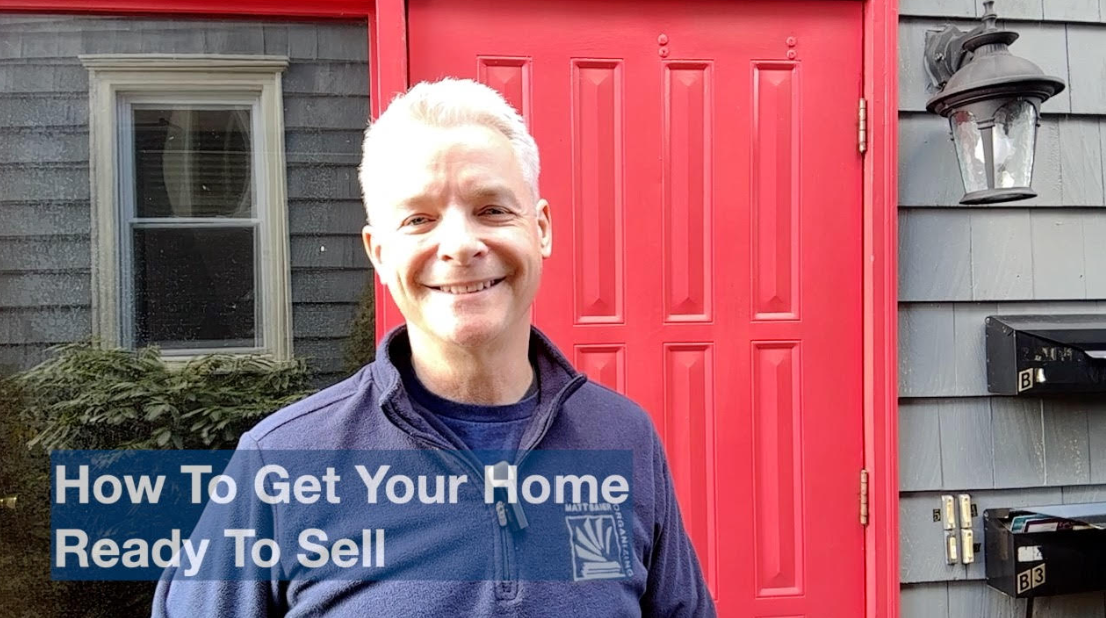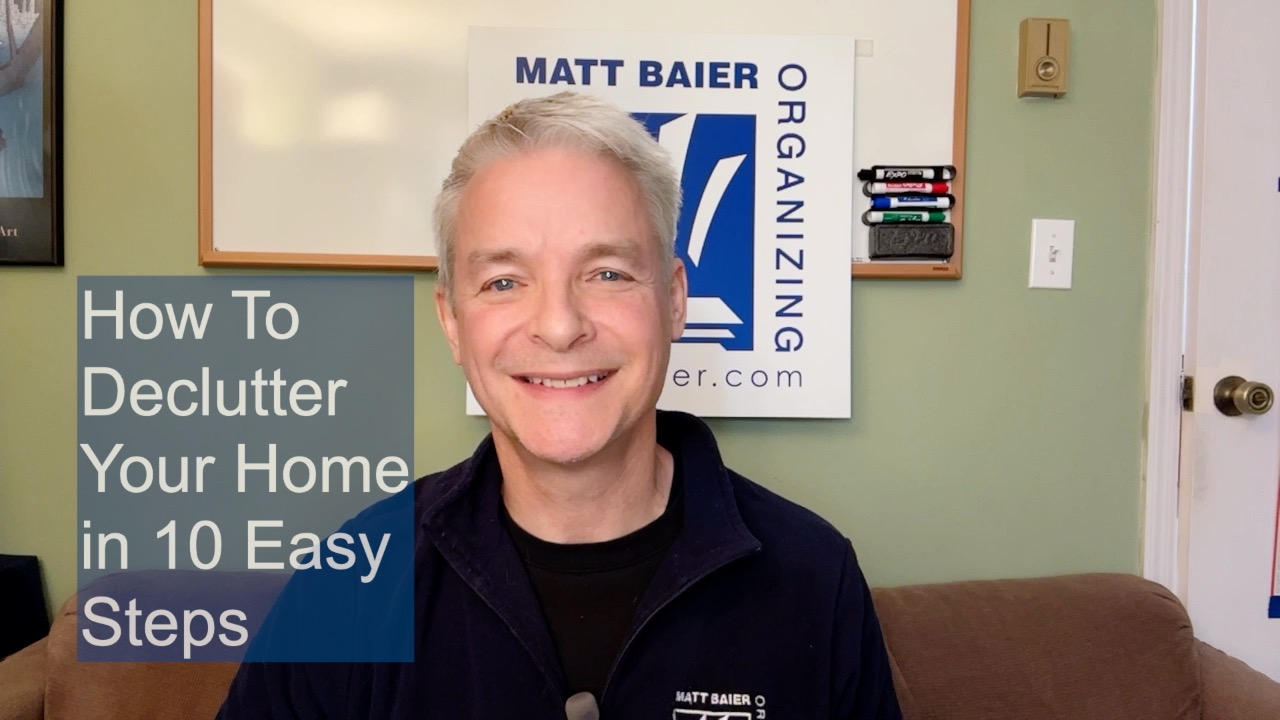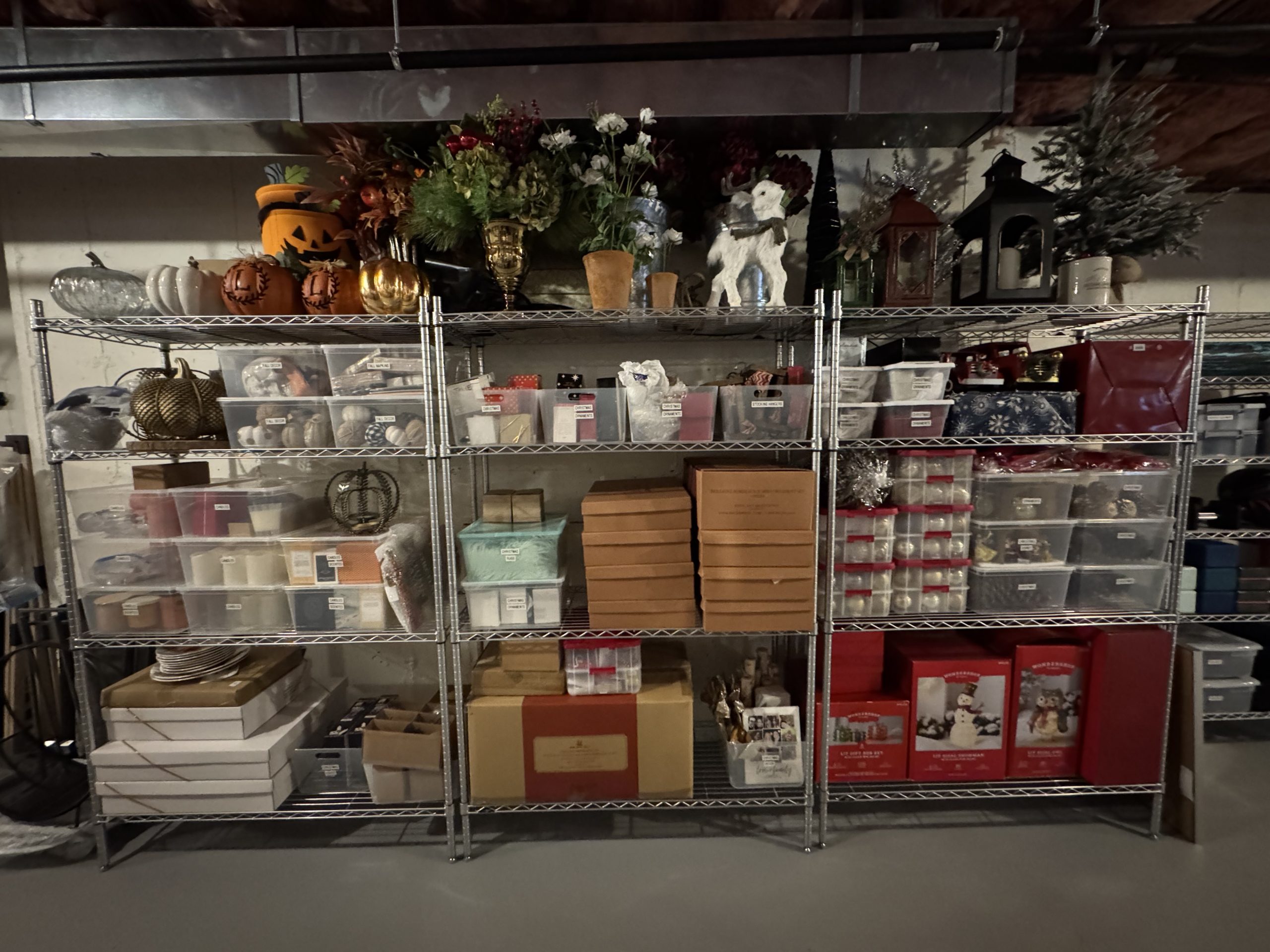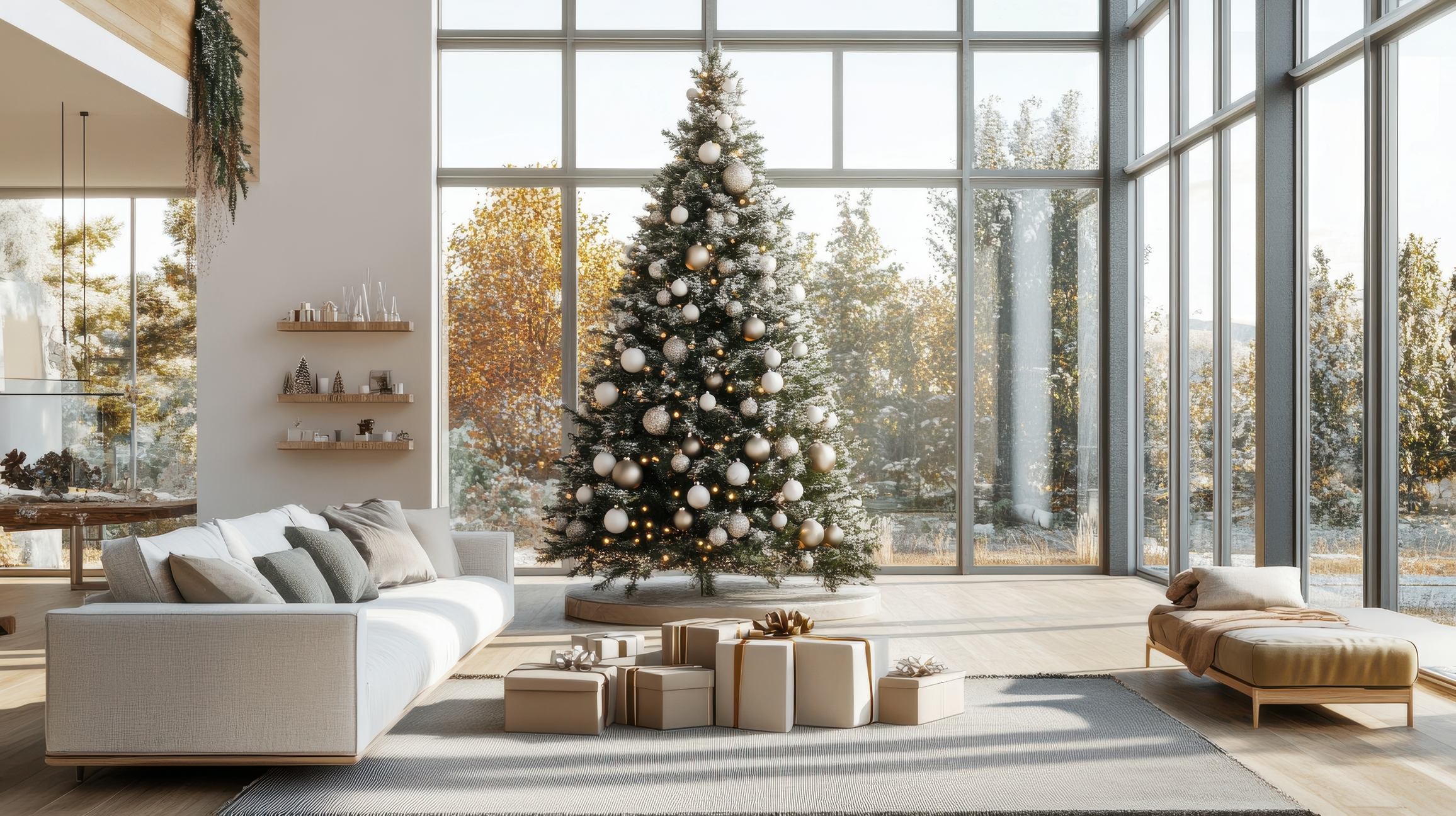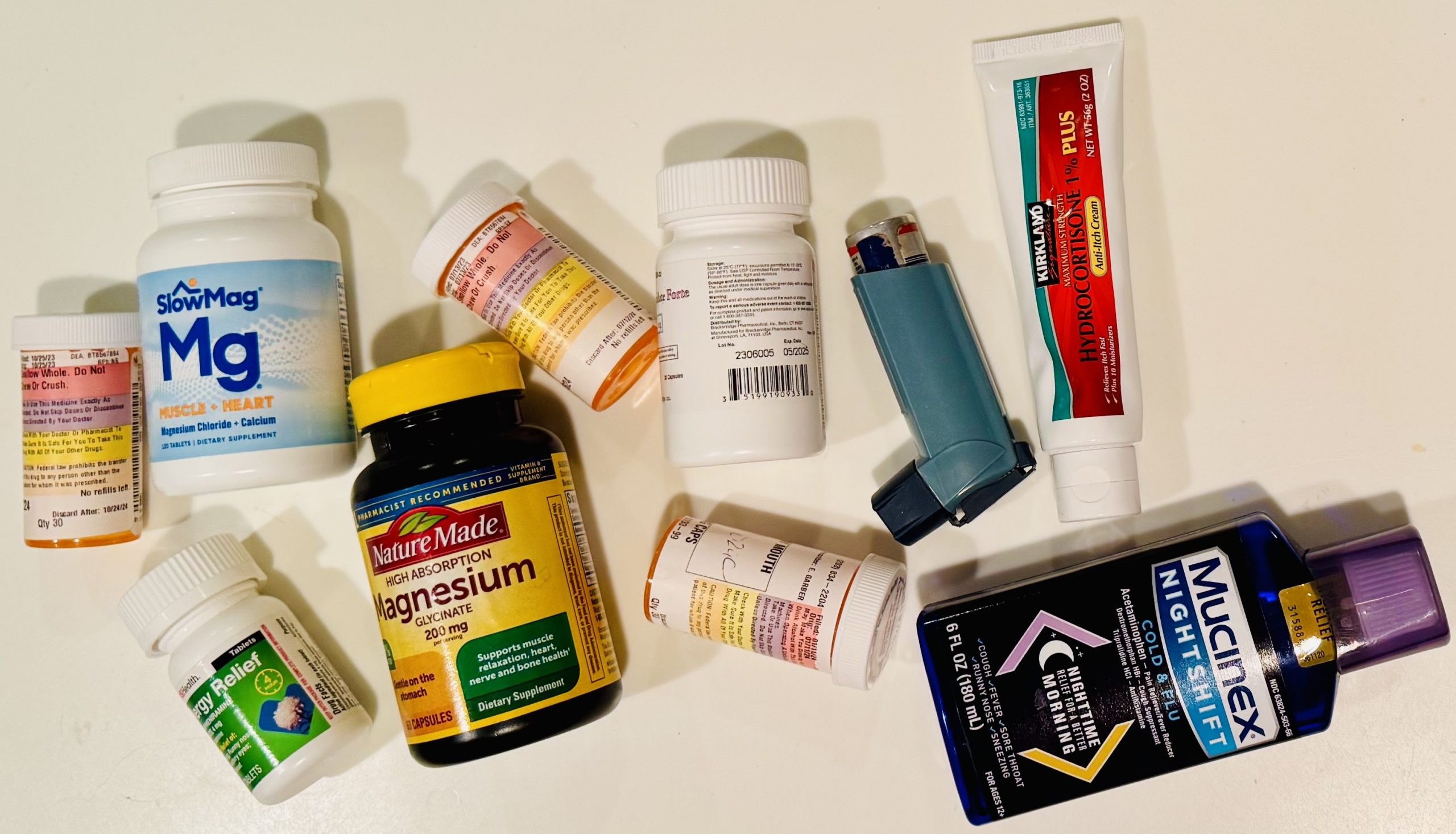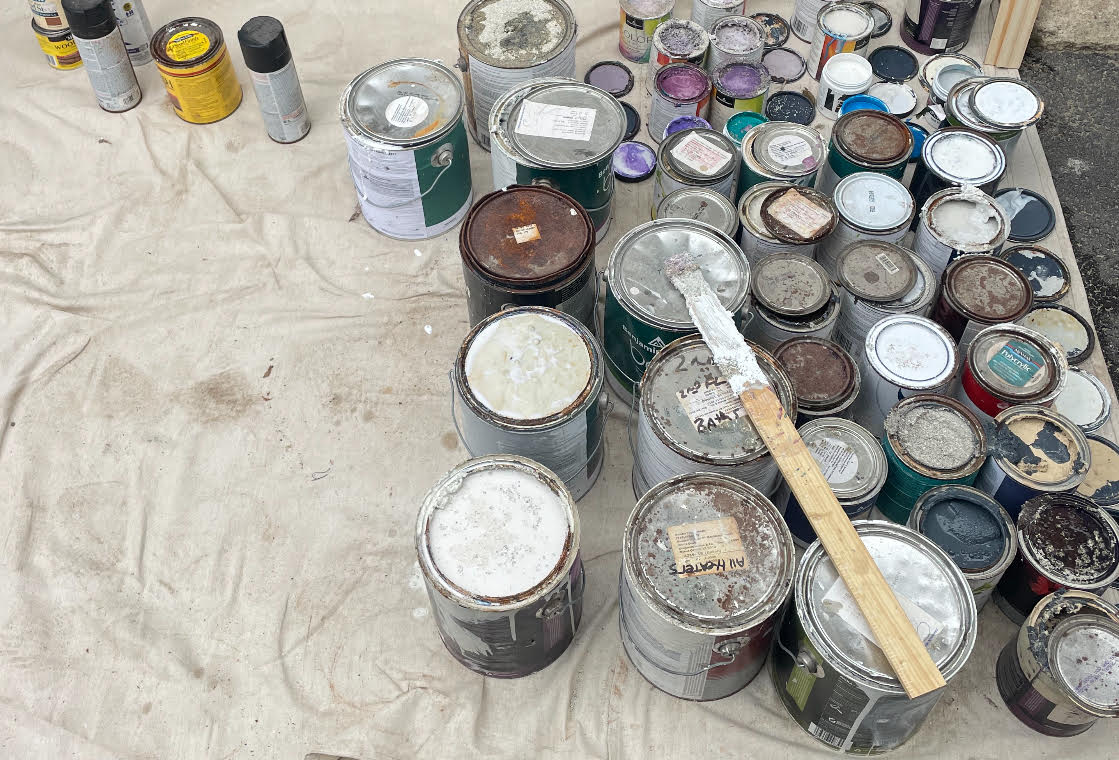Organizing Your Playroom is a subject that really should have been Part 1 to last week’s Playroom Organizing Systems. It’s best to always focus on getting organized before looking at systems for staying organized. However, this time I wanted to mix it up. (Also, Kim my account manager was unavailable this week to share her kids’ playroom:-) And besides, this is the fun part, because you get to play with toys! I mean, what’s more fun than organizing?
The process I recommend for organizing your playroom is the same one I recommended in my “Organizing: Impossible” video. There are, however, a few things that are unique about organizing toys.
A wide variety of sizes
First off, toys come in the widest variety of sizes. There are the tiny lego pieces and the giant plush toys and myriad of sizes in between. As with any getting-organized process, you should start by quickly sorting categories to make the review easier.
But with the smallest toys you may just need to scoop them all up first. Then sub-sort by Legos, doll-accessories, game-pieces etc. When you focus on just sorting the small items on a table, you can move very quickly
The next thing to do is to review all the toys, one category at a time. This a great opportunity to observe how big each category is and consider how much your kids are still using the toys in each category.
Prioritizing toys
What happens when you ask your kids whether you can donate some items-that-they-are-not-using? They will likely just want to keep everything. Kids don’t have as great sense of limitations, let alone the benefits of limitations. So try this instead.
Try a “trial purge.” If there are some items that you think your kids won’t miss (unless you ask them), box them up. Then, very important, put a label on the box with the contents and the date. Store this more remotely, maybe a top shelf in the basement.
In the unlikely event your child ask about a missing item, then you can still produce it. You can say you were giving the toy a vacation or something. If however a year or two goes by without a mention of the missing items, that makes it easier. Now you can donate those items more safely.
A wide variety of shapes
Besides the widest variety of sizes, toys have the widest variety of shapes: There’s cubes, rounds, flats, verticals, and tall toys to name a few. When getting organized, isolate the awkward. in other words set aside items that don’t stack well. For example collect tall toys in the corner vertically, so you don’t trip over them. There seems to be more of these tall toys for boys: swords, guns, floor hockey sticks, etc. Isolate the awkward for systems too. A tall bin between wall unit and corner wall is perfect.
A standby that doesn’t stand up
Speaking of systems, the one I don’t recommend is the traditional toy box. Why?
Because it’s not the right fit for the modern quantity of toys and their variety of sizes. Big toys don’t fit and tiny toys get lost at the bottom. Also, the lid not only compromises visibility but invites storage, which compromises accessibility.
Quantity Dictates Systems
Before you can choose the right systems, you have to get clear on the quantities. Assessing the quantities in each category that you are keeping determines accurate systems. Quantity dictates systems.
That’s why it’s so important to review the quantities, shapes, and sizes all together. That way you can see just what’s missing in your current systems.Check out our last video on Playroom Organizing Systems to see what we recommend.
Labels enable
One part of systems that we didn’t mention is labelling. Younger kids may not read yet, but you can help with picture labels. We recommend using the Press-on Vinyl Envelopes available at uline.com. Labels don’t guarantee that your kids will put things away, but you increase the odds. And at least you make it easier for you or for your cleaning lady.
What toys do you find hardest to keep organized?
Please Share With Your Community
Related Posts
Testimonials
What some of our clients are saying
Imagine An Organized Home

